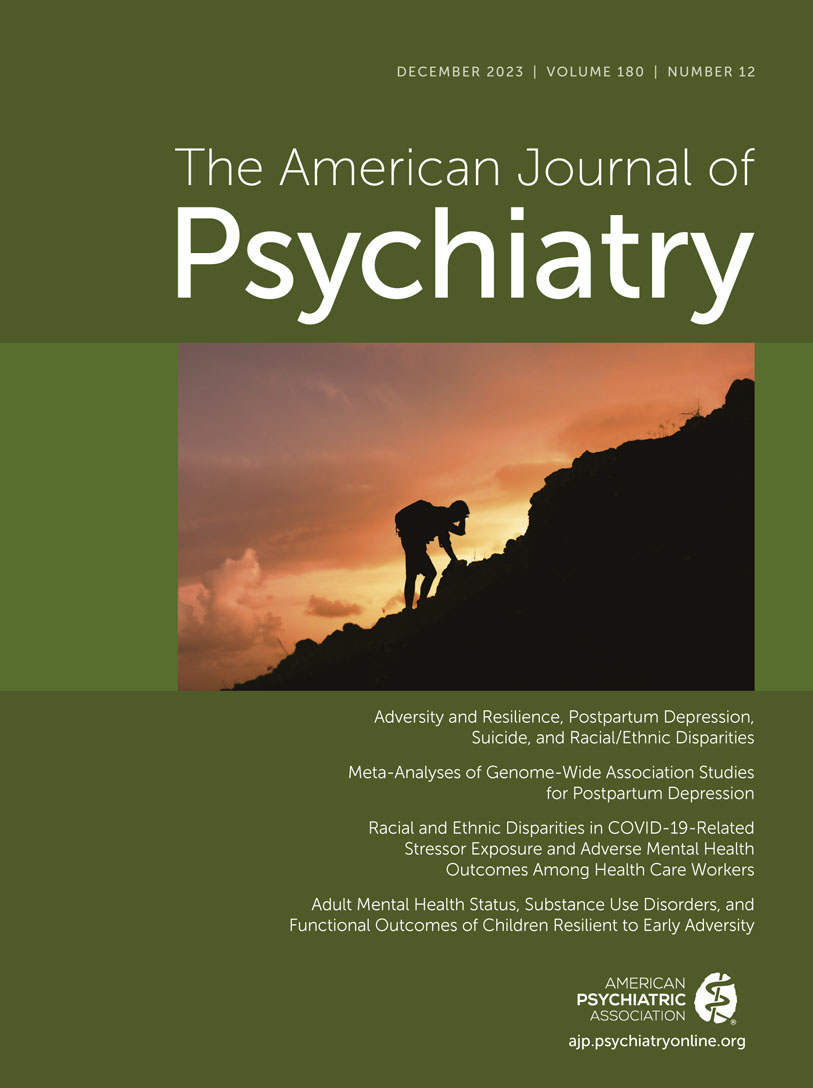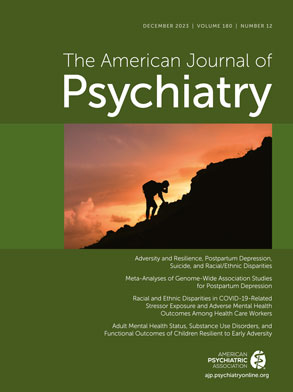A Mental Health Crisis and Call to Action: Increasing Trends in Suicide Among Black Women in the United States
Factors That Influence Suicide and Suicidal Behaviors in Black Girls and Women
Strategies to Meet the Crisis of Suicide Among Black Girls and Women
Increase Capacity to Build Culturally Inclusive Mental Health Access.
Increase Mental Health Workforce Leadership Opportunities for Black Women.
Target Research Opportunities.
Enhance Data-Driven Accountability.
Areas for Further Exploration
References
Information & Authors
Information
Published In
History
Keywords
Authors
Competing Interests
Metrics & Citations
Metrics
Citations
Export Citations
If you have the appropriate software installed, you can download article citation data to the citation manager of your choice. Simply select your manager software from the list below and click Download.
For more information or tips please see 'Downloading to a citation manager' in the Help menu.
View Options
View options
PDF/EPUB
View PDF/EPUBLogin options
Already a subscriber? Access your subscription through your login credentials or your institution for full access to this article.
Personal login Institutional Login Open Athens loginNot a subscriber?
PsychiatryOnline subscription options offer access to the DSM-5-TR® library, books, journals, CME, and patient resources. This all-in-one virtual library provides psychiatrists and mental health professionals with key resources for diagnosis, treatment, research, and professional development.
Need more help? PsychiatryOnline Customer Service may be reached by emailing [email protected] or by calling 800-368-5777 (in the U.S.) or 703-907-7322 (outside the U.S.).

